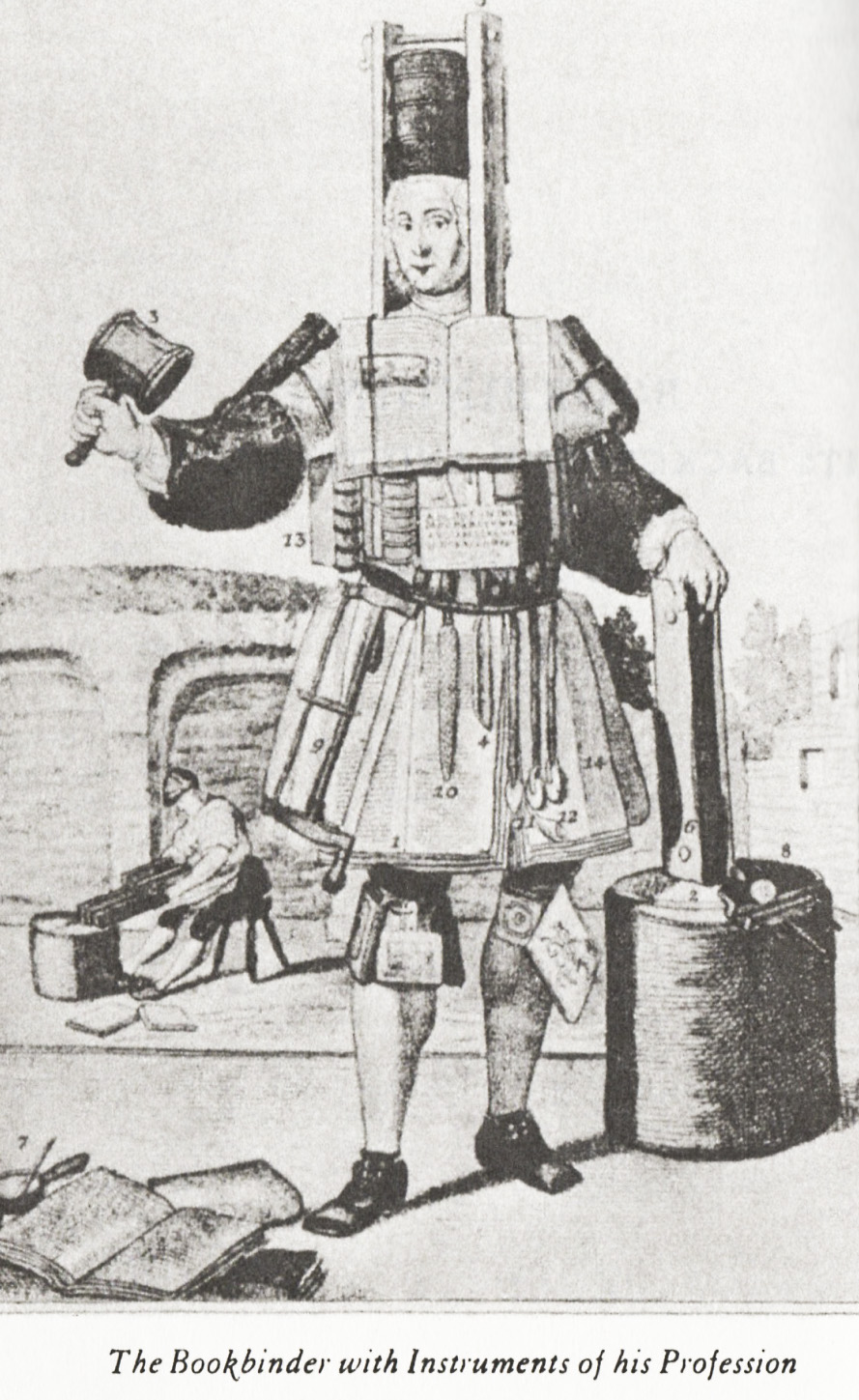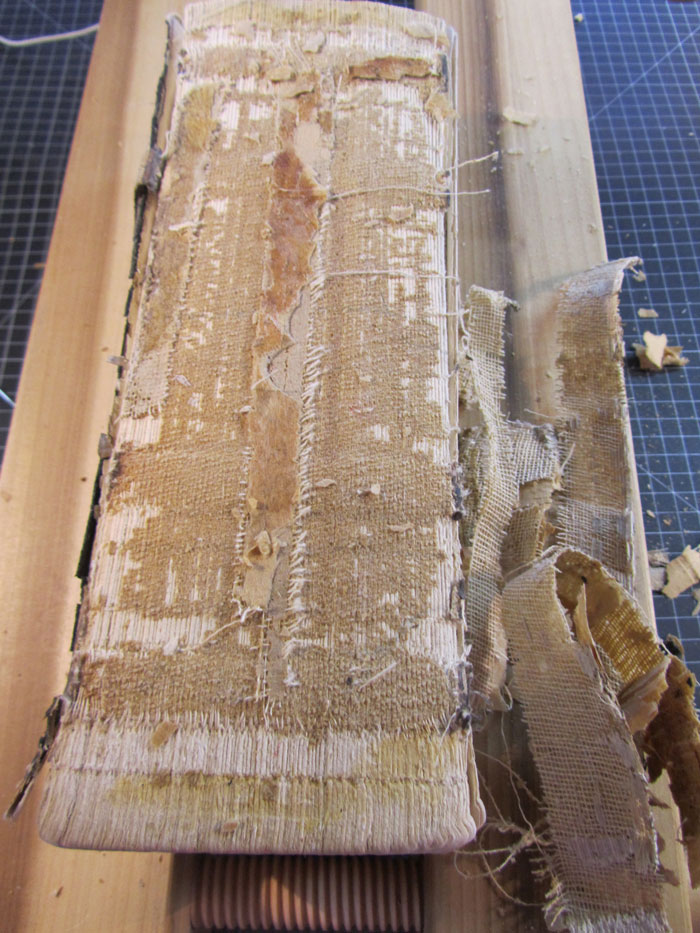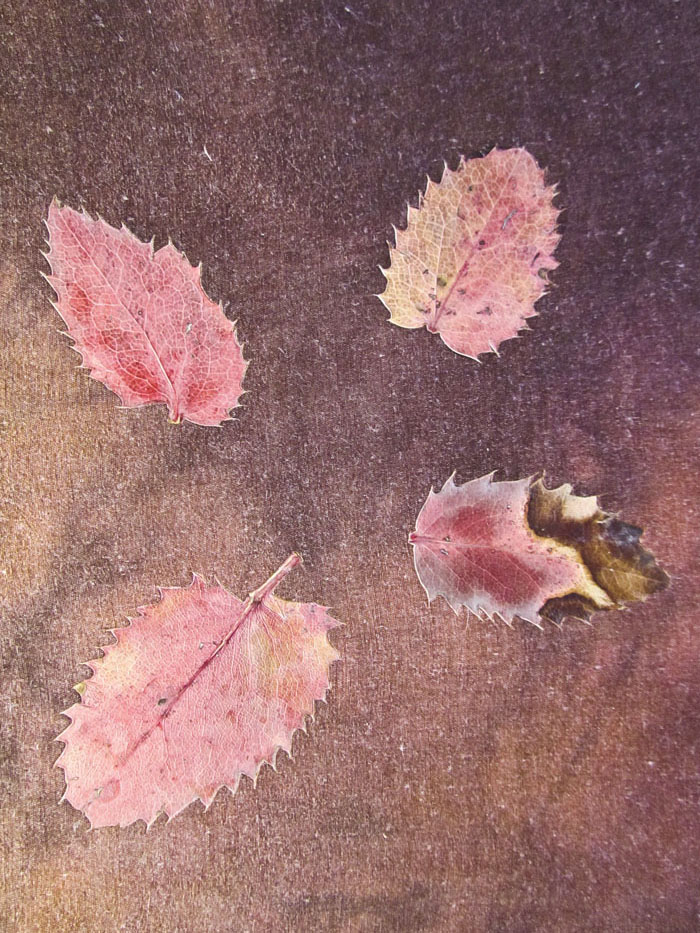Book Binding

Fine Leather Binding calls to those who have held a fine book, smelled the leather, felt the paper, and admired the intricate silk headbands and the decorative Fly-Leaf. Such books connect us with a craft and tradition that spans centuries. A growing number of Fine-Leather binders of all ages have devoted their lives to keeping the craft alive in the digital age.
The massive antique cast-iron tools in my studio tell wonderful stories of their mysterious journey to miraculously arrive in my remote Bindery Studio in New Mexico. I believe spirits inhabit them and as we commune with one another, my work excels as my commitment to the craft deepens.
As I wander the canyons, climb the mountains, and run rivers of the Southwest, I am often brought to tears by the beauty found in wild places. In these landscapes, mysteries are omnipresent, timeless, and freest of human limitations.
A finished book requires at least two dozen operations (often double that according to a specific style). Each must be performed with meticulous attention to a process that allows no room for backtracking. Such books, if properly taken care of, will last for centuries.
"There are many ways in which books can be bound. It can justifiably, but superficially, be argued that this particular type — fine binding — is the least economic and has least relevance in an era accustomed to mass production, digitization, cheap materials, etc. But things go deeper than that. This kind of work matters. Not only are you part of an historical continuum of makers, but you also have a responsibility to yourself to do what you do to the best of your ability." - Jen Lindsay "Fine Bookbinding, a Technical Guide"



